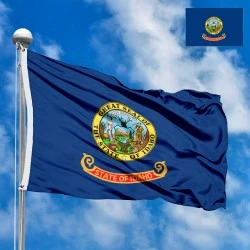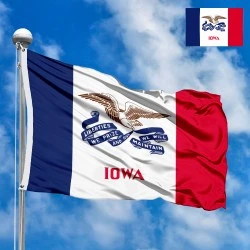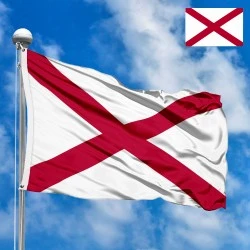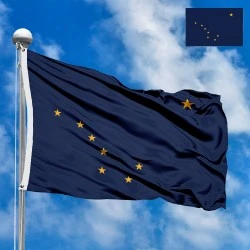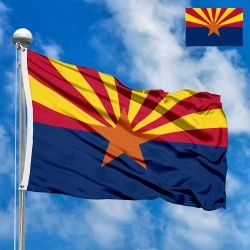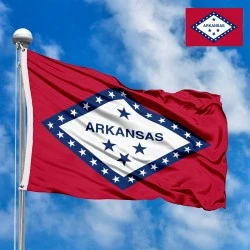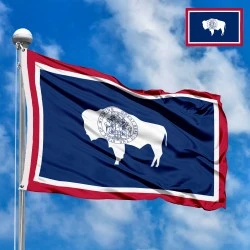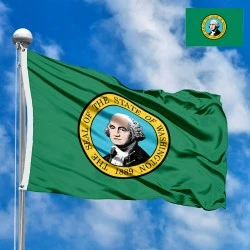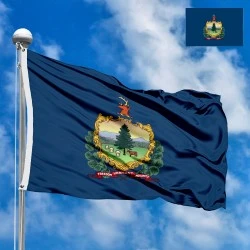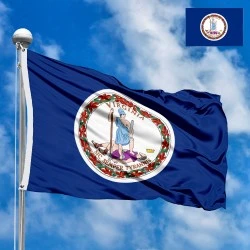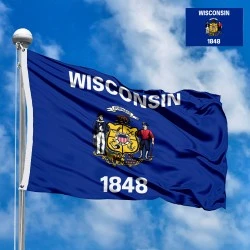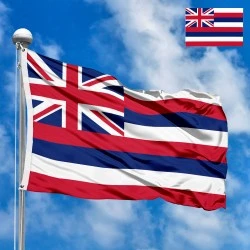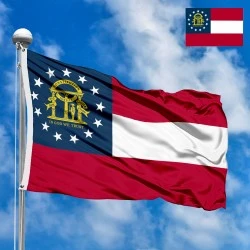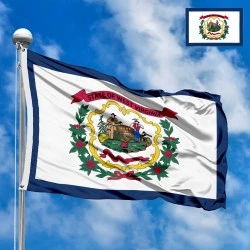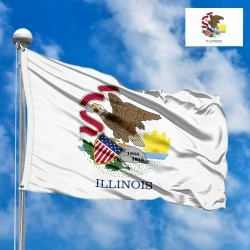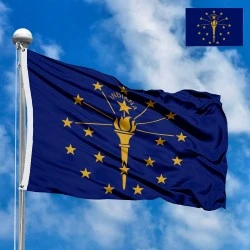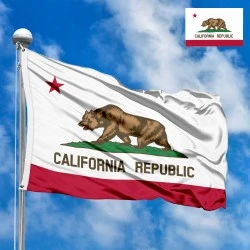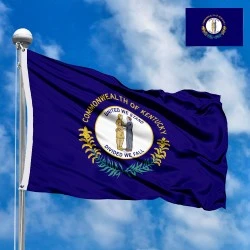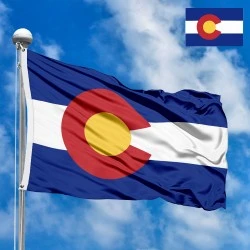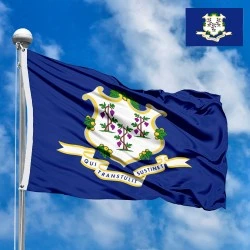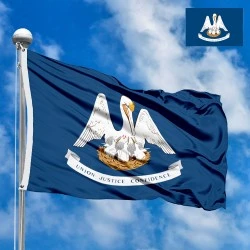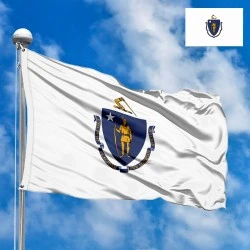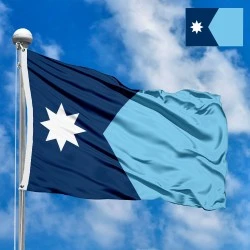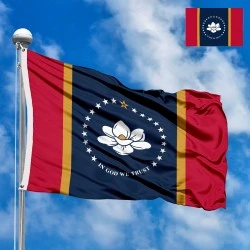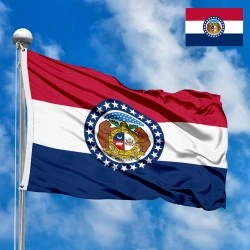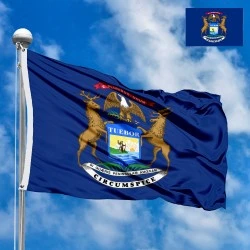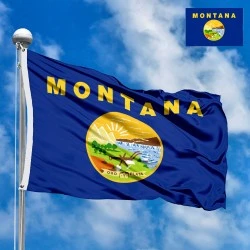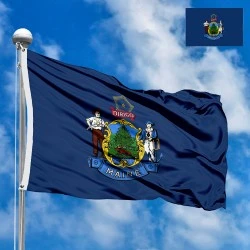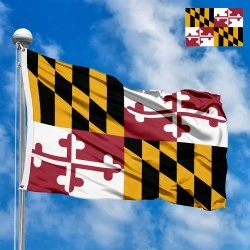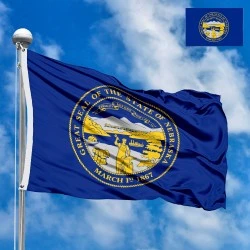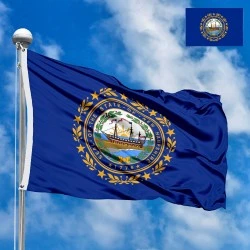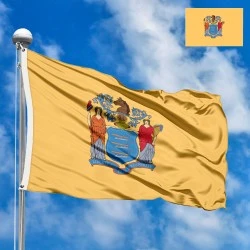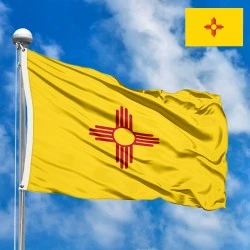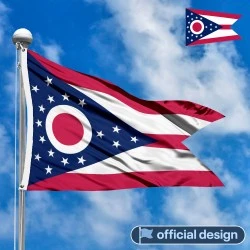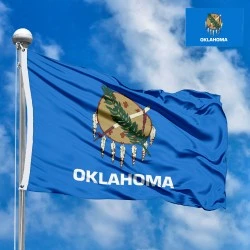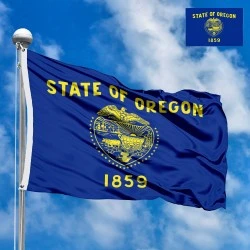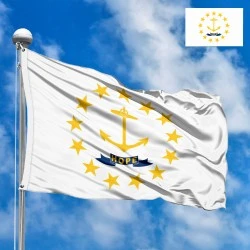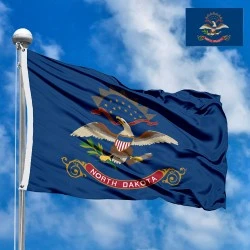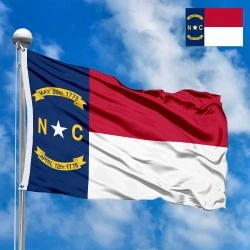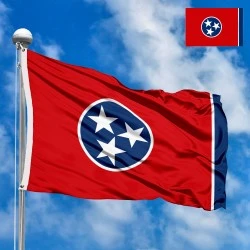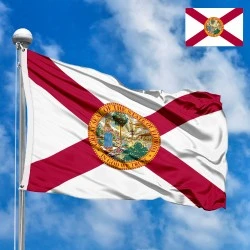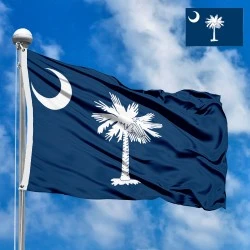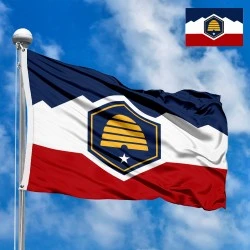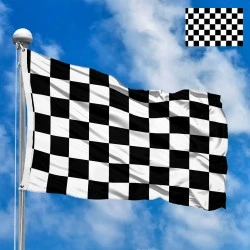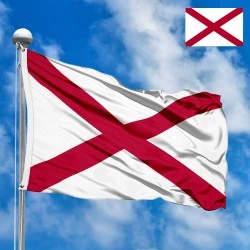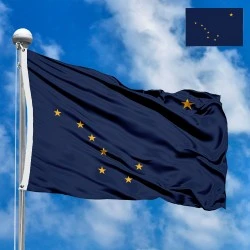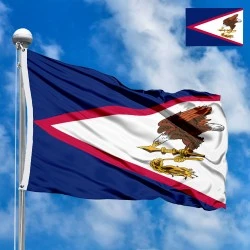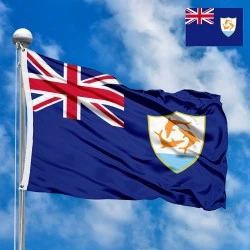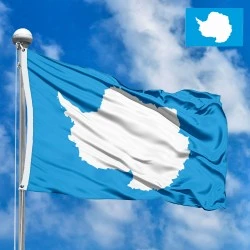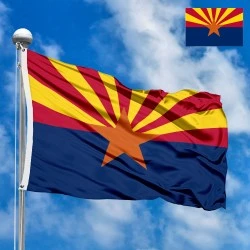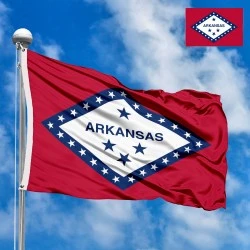Flag of Delaware (US state)
- Flag Type: US States
- Proportions (official): 2:3
- Official name: State of Delaware
- Local name: Delaware
- Capital: Dover
- Large cities: Wilmington, Dover, Newark
- Population: 1 044 220 (2024)
- Area (km²): 6 446
- Highest point: Ebright Azimuth (137 m)
- Lowest point: Atlantic Ocean (0 m)
- Dialing code: +1 (302)
Flag Information
General information
Demography and Culture
Economy and communications
- All Flags
- Flags of Countries by Continent
-
Flags of Organizations
- Flags of UN countries
- Flags of the European Union countries
- Flags of NATO countries
- Flags of the countries of the Organization of Islamic Cooperation
- Flags of the countries of the Organization of American States
- Flags of the Arab League countries
- Flags of the African Union countries
- Flags of the countries of the Union of South American Nations
- Flags of the Commonwealth of Nations
- Flags of the countries of the Secretariat of the Pacific Community
- Flags of the Nordic Council countries
- Flags of the Caribbean Community
- Flags of the countries of the Association of Southeast Asian Nations
- Flags of the East African Community
- Flags of the countries of the Organization of Turkic States
- LGBT Community Flags
- Historical Flags
- Ethnic Flags
- Flags of the USA (states)
Description
The flag of the state of Delaware is a symbol of the state's unique and foundational role in the history of the United States. Officially adopted on July 24, 1913, its design is a direct tribute to the state's colonial past, its participation in the American Revolution, and its proud status as the first state to ratify the U.S. Constitution. The flag's colors and intricate details tell a story of agricultural strength, maritime commerce, and the unwavering commitment to liberty and independence.
Flag Design, Symbolism, and Colors
The Delaware flag stands out for its elegant, historically-inspired colors and the detailed state coat of arms at its center.
-
Colors and Arrangement: The flag features a solid field of colonial blue, a deep and significant shade that pays homage to the uniforms worn by the Delaware Continental Regiment during the Revolutionary War. In the center is a large, buff-colored diamond, which represents the yellow-brown color of the military uniforms from that era.
-
The State Coat of Arms: Inside the buff diamond is the state's Coat of Arms, a complex emblem rich with meaning:
-
The Shield: The coat of arms features a shield with three horizontal stripes: a blue top stripe with a sheaf of wheat, a red stripe with an ear of corn, and a white bottom stripe with an ox. The wheat and corn symbolize the state's agricultural prosperity, while the ox represents its livestock farming industry.
-
The Supporters: The shield is supported by two figures. On the left stands a farmer holding a hoe, representing agriculture and the state’s working-class heritage. On the right, a militiaman stands with a rifle, symbolizing the state’s role in the fight for American independence.
-
The Crest and Motto: Above the shield is a full-rigged sailing ship, a testament to Delaware's important role in coastal commerce. Below the shield is a banner with the state motto: "Liberty and Independence."
-
-
The Foundational Date: Below the motto, the flag proudly displays the date "December 7, 1787," the day Delaware became the first state to ratify the U.S. Constitution.
A Brief History of the Flag's Creation and Adoption
The history of the Delaware flag is deeply intertwined with the birth of the American nation itself.
-
The First State: Delaware holds the title of "The First State" because its leaders were the first to ratify the U.S. Constitution, ensuring the new nation could move forward with a unified government. This pivotal event, which occurred on December 7, 1787, is the most important element of the flag's design.
-
Revolutionary War Roots: The design is based on the state seal, which was first adopted in 1777. The use of colonial blue and buff was a tribute to the Delaware Continentals, a highly respected and effective fighting unit led by Colonel John Haslet. Their bravery and contribution to the war effort are permanently honored through these colors.
-
Formal Adoption in 1913: While the seal had been in use for over a century, the state legislature officially adopted a law to codify the design of the state flag on July 24, 1913. This act formalized the use of the blue and buff colors and the placement of the coat of arms within the diamond.
Historical Context and the State of Delaware
The Delaware flag is a powerful narrative of a state that is small in size but vast in historical significance. The symbolism of the militiaman and the motto "Liberty and Independence" reminds residents of their ancestors' critical role in the American Revolution. The agricultural and maritime imagery reflects the economic foundation that has sustained the state from its earliest days. The prominence of the date 1787 ensures that Delaware's legacy as the "First State" is never forgotten, defining its identity within the Union.
Significance for Residents
For residents of Delaware, the flag is a source of immense pride. It is a symbol of their state's unique position in American history, representing not just a geographical location but a historical legacy. The flag reminds them of the courage and foresight of their forebears who were the first to commit to the new nation's founding document. It is a banner that unites the people of Delaware under a shared history of independence, hard work, and a pioneering spirit that continues to this day.
Interesting Facts
-
Delaware is famously known as "The First State," a title that is the primary source of the flag's symbolism.
-
The colors colonial blue and buff are not random; they are the exact colors of the uniforms worn by the Delaware Continental Regiment during the Revolutionary War.
-
The state seal, which forms the core of the flag's design, was created by the state's assembly on January 17, 1777, nearly 136 years before the flag was officially adopted.
-
The figures on the seal, the farmer and the militiaman, face outward, which is believed to symbolize vigilance and a readiness to protect the state.
-
The name "Delaware" comes from the title of Thomas West, 3rd Baron De La Warr, the first colonial governor of Virginia. The river, bay, and later the state were named in his honor.
In the demonstration images, full-size flags are shown with proportions of 2:3, and hand-held flags with proportions of 1:2.
Donation
Download
Completely free for commercial and non-commercial use (public domain).
You can freely use them in your news magazines, websites, software, mobile applications.
We appreciate a backlink to https://flagssite.com
Raster files - Flag of Delaware (US state) (PNG, JPG)
 Waving flag
Waving flag
- PNG format (transparent background), 72dpi, dimensions in Pixels (px), aspect ratio 3:4.
- 15х20 px
- 30х40 px
- 60х80 px
- 120x160 px
- 240x320 px
 Sizes:
Sizes:
"v15" - image size (by height); if necessary, replace with available: v15, v30, v60, v120, v240.
!!! For resizing, use the Latin (eng) keyboard layout.
<img src="https://flagssite.com/flags/v15/20555.png" alt="Flag of Delaware (US state)">
 Round flag
Round flag
- PNG format (transparent background), 72dpi, dimensions in Pixels (px), aspect ratio 1:1.
"d15" - image size (diameter); if necessary, replace with available: d15, d30, d60, d120, d240.
!!! For resizing, use the Latin (eng) keyboard layout.
<img src="https://flagssite.com/flags/d15/20555.png" alt="Flag of Delaware (US state)">
 Rectangular flag 2:3
Rectangular flag 2:3
- JPG format, 72dpi, dimensions in Pixels (px), aspect ratio 2:3.
"h30" - image size (by height); if necessary, replace with available: h15, h30, h60, h120, h240, h360, h480.
!!! For resizing, use the Latin (eng) keyboard layout.
<img src="https://flagssite.com/flags/h30/20555.jpg" alt="Flag of Delaware (US state)">

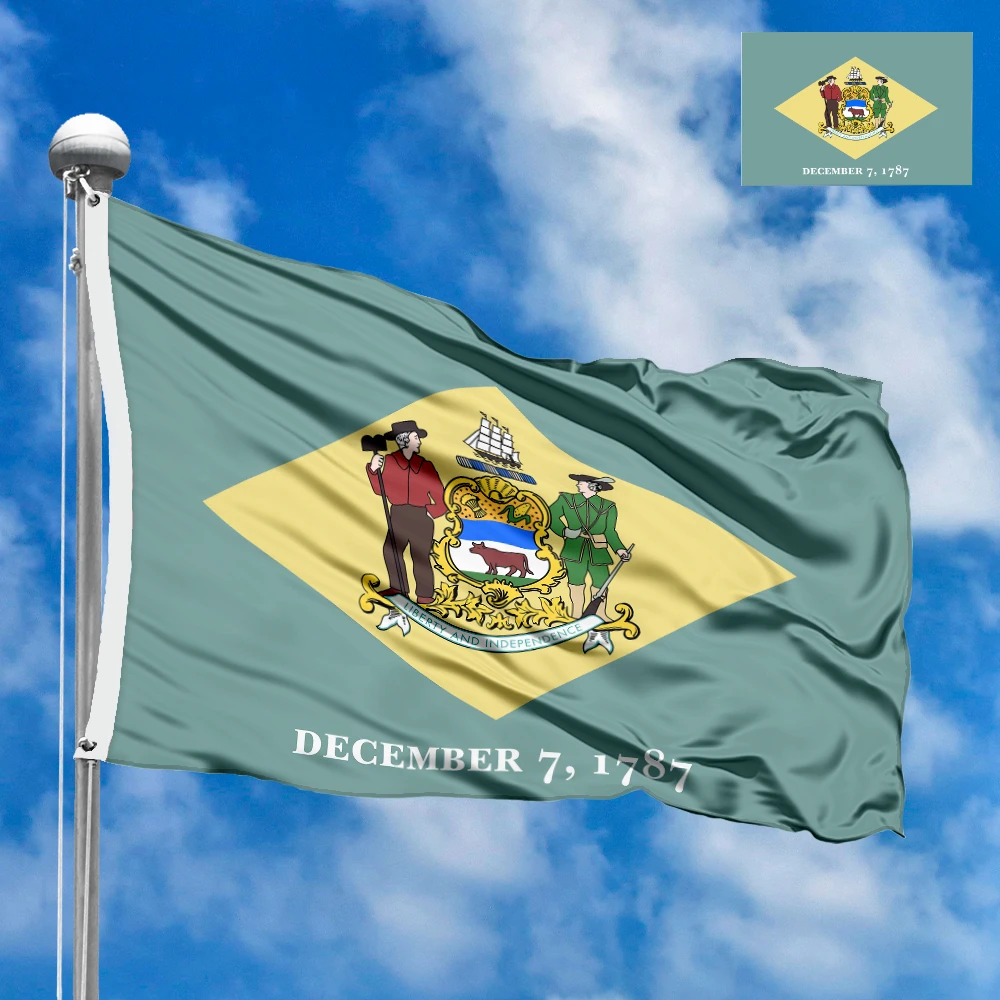
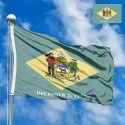




 Sizes:
Sizes:
 Sizes:
Sizes:
